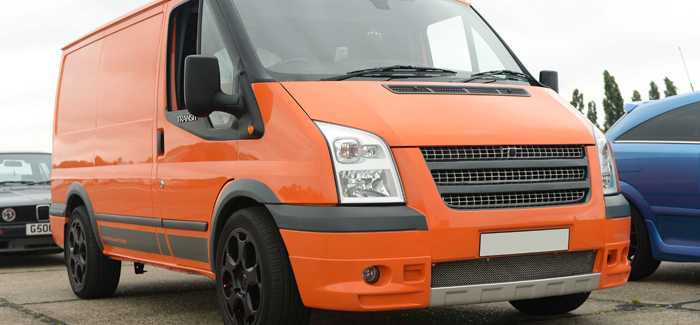
What insurance group is my van in?
An insurance group is a categorisation system used by insurers to partially determine insurance premiums for van owners.
There are currently 20 groups, and the Association of British Insurers (ABI) determines which group a van is assigned to.
Several factors are taken into consideration when it comes to which group a van should be placed in:
- Parts cost -- the higher the cost of parts, the more likely it will be in a higher category
- Overall cost to repair the vehicle -- this is directly linked to parts cost and has a large bearing on the cost of premiums
- Performance -- the statistics show that the faster the vehicle, the more likely a claim will be made
- Engine size -- the bigger engine, the more likely it will be in a higher category
- Weight -- light vans are generally easier to drive so they are more likely to be in a lower category and should be cheaper
- Security -- the more security features a van has as standard the lower the premium will tend to be.
See how much you can save
Compare van insurance quotes today!
While insurance groups do play an active part in calculating the cost of insurance premiums, other factors such as age, experience and postcode are also important.
The groups are numbered 1-20 with 1 being the lowest (cheaper premiums) and 20 being the highest (higher premiums). The category that your van falls into has a large bearing on the cost of insurance. For example, a Renault Kangoo sits between insurance groups 2-9, while a Mercedes-Benz Sprinter will be between 5-18.
If you are a young or inexperienced driver, it may be worth buying a van that falls into a lower insurance category as it will help to keep your premium down.
Know which van you are buying? Get a quick quote today!
